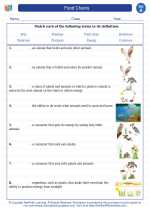Radio Telescope
A radio telescope is a specialized astronomical instrument used to detect radio waves from celestial bodies in outer space. These telescopes are designed to capture and analyze the radio emissions from various astronomical sources, such as stars, galaxies, and other celestial objects.
How does a radio telescope work?
Radio telescopes consist of a large dish-shaped antenna that collects and focuses radio waves onto a receiver. The receiver then amplifies and converts the radio signals into electrical signals, which can be analyzed and processed by astronomers.
Key components of a radio telescope:
- Antenna: This is the large dish-shaped structure that collects radio waves from space.
- Receiver: The receiver amplifies and converts the radio signals into electrical signals for analysis.
- Control system: This system allows astronomers to point the telescope at specific areas of the sky and track celestial objects.
- Data processing system: This system processes and analyzes the signals received from the telescope to create images and gather scientific data.
Applications of radio telescopes:
Radio telescopes are used for a wide range of astronomical research, including:
- Studying the structure and dynamics of galaxies
- Mapping the distribution of cosmic microwave background radiation
- Detecting and studying pulsars and other radio-emitting celestial objects
- Investigating the formation and evolution of stars and planetary systems
Study guide:
Here are some key points to focus on while studying about radio telescopes:
- Explain the basic principles of radio astronomy and the significance of radio telescopes in astronomical research.
- Describe the components and working principles of a radio telescope.
- Discuss the applications and discoveries made possible by radio telescopes in the field of astronomy.
- Explore the technological advancements in radio telescope design and the future of radio astronomy.
Understanding the concepts and applications of radio telescopes will provide a fascinating insight into the study of the universe and the exploration of celestial phenomena.
Happy studying!
[Radio Telescope] Related Worksheets and Study Guides:
.◂Science Worksheets and Study Guides First Grade. Food Chains

 Activity Lesson
Activity Lesson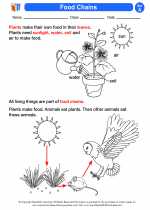
 Worksheet/Answer key
Worksheet/Answer key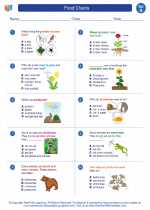
 Worksheet/Answer key
Worksheet/Answer key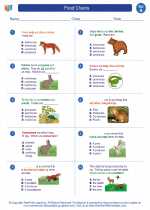
 Worksheet/Answer key
Worksheet/Answer key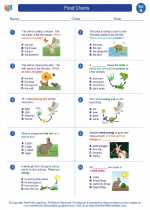
 Worksheet/Answer key
Worksheet/Answer key
 Vocabulary/Answer key
Vocabulary/Answer key
 Vocabulary/Answer key
Vocabulary/Answer key